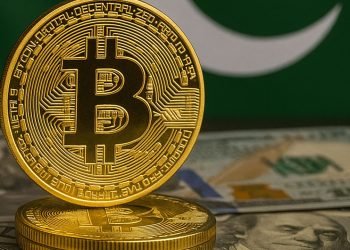According to leading Pakistani think tank, increasing fiber optic connectivity would create an investment potential of $6 billion in the country. Moreover, a 10 percent increase in fixed broadband penetration could increase GDP growth by at least 1.38 percent in developing countries like Pakistan.
Pakistan faced major connectivity issues since the outbreak of the coronavirus pandemic, with millions, particularly those residing in remote regions of the nation, unable to access the Internet for business and education purposes amid lockdowns.
In a recent working paper, the think tank Tabadlab said the country had seen high mobile broadband usage and low smartphone penetration amid the pandemic. It said increasing Pakistan’s fiber optic connectivity would create an investment potential of $6 billion.
“The importance of a strong national connectivity profile, with fixed broadband as its mainstay, can be encapsulated in the following statistic,” the paper read. “A 10 percent increase in fixed broadband penetration can increase GDP growth by 1.2 percent in developed economies, and at least 1.38 percent in developing countries such as Pakistan.”
Discussing Pakistan’s fiber optic situation, the report said between 130,000 and 150,000 kilometers of it had been laid out in the country but only nine percent cell towers were connected to it compared to international benchmarks of 40 percent.
Focusing on Pakistan’s unfavorable policy and regulatory outlook, the report said the country’s economic development through technological revolution would be largely determined by how it treated telecom firms.
“The government still treats telecommunications as a commercial service as opposed to a utility, resulting in high license fees and duties,” the report said. “Licensing fees, including spectrum acquisition costs, constitute a significant chunk of capital with diluted returns.”






